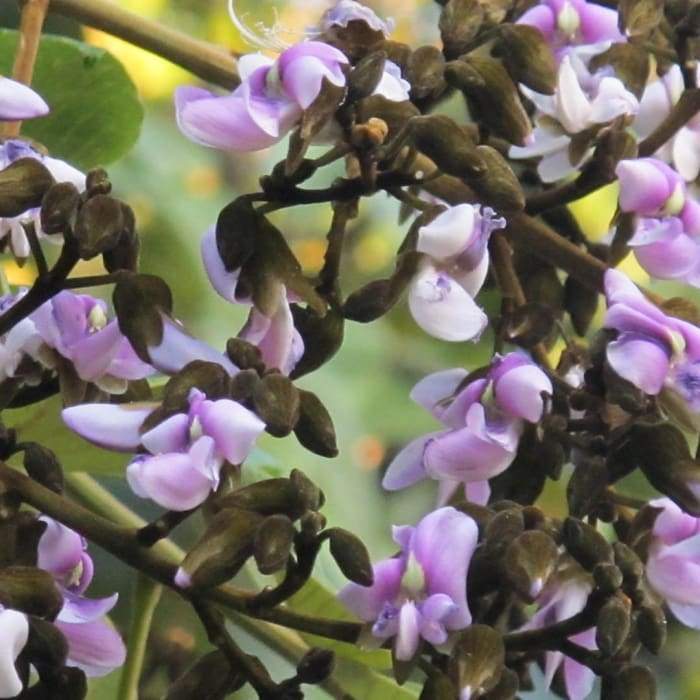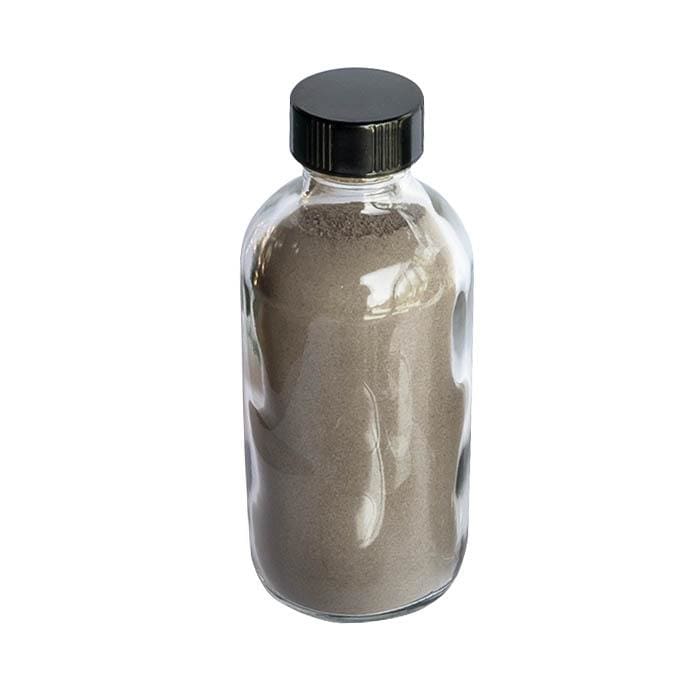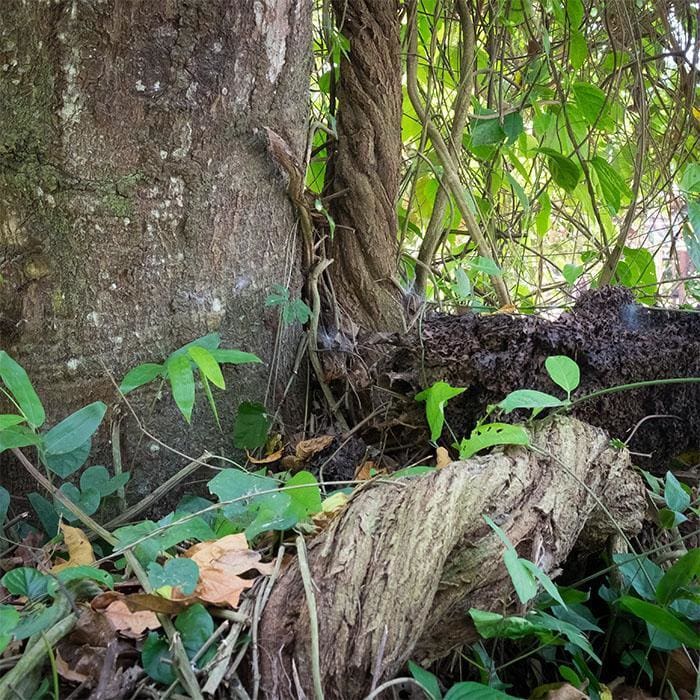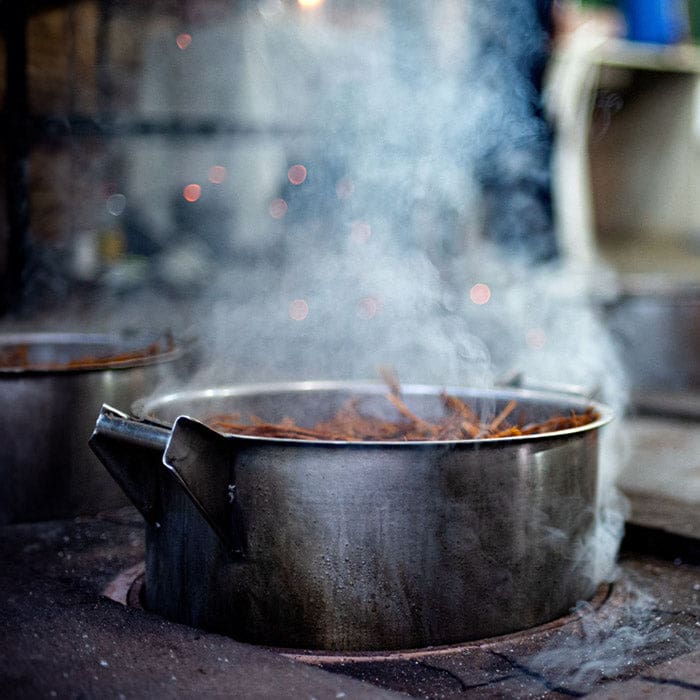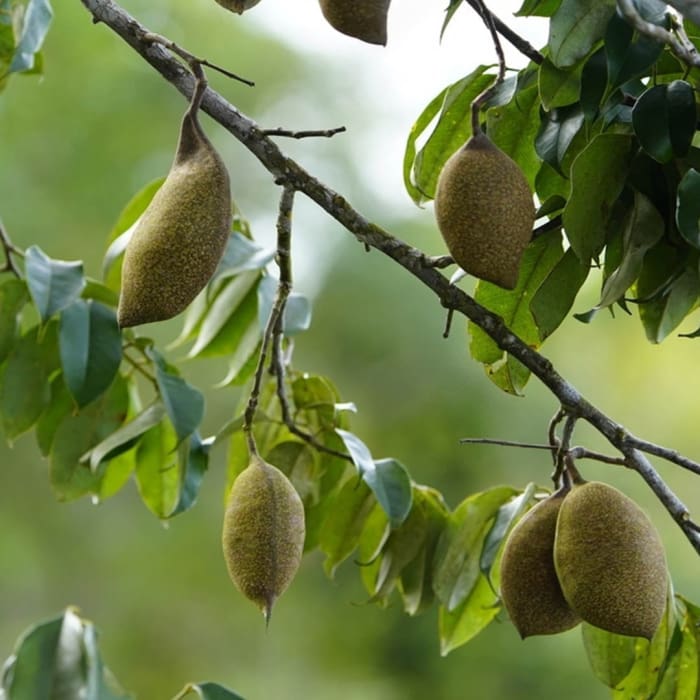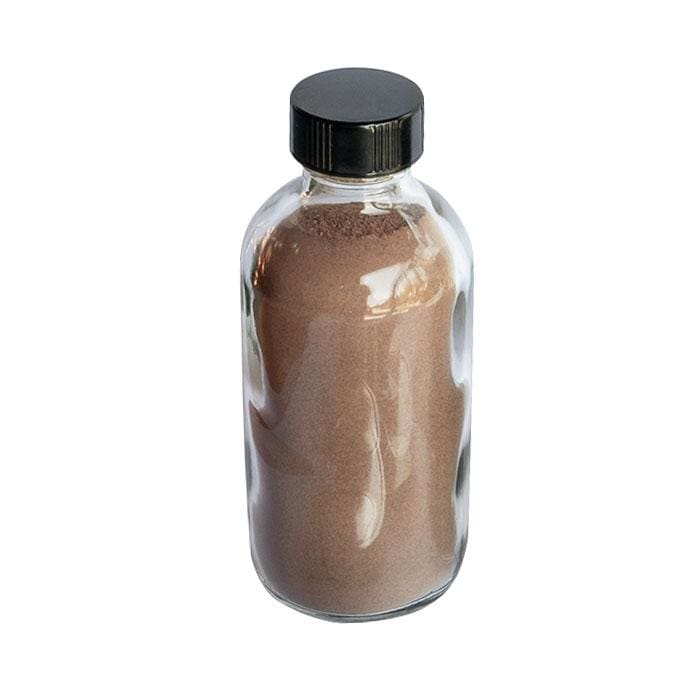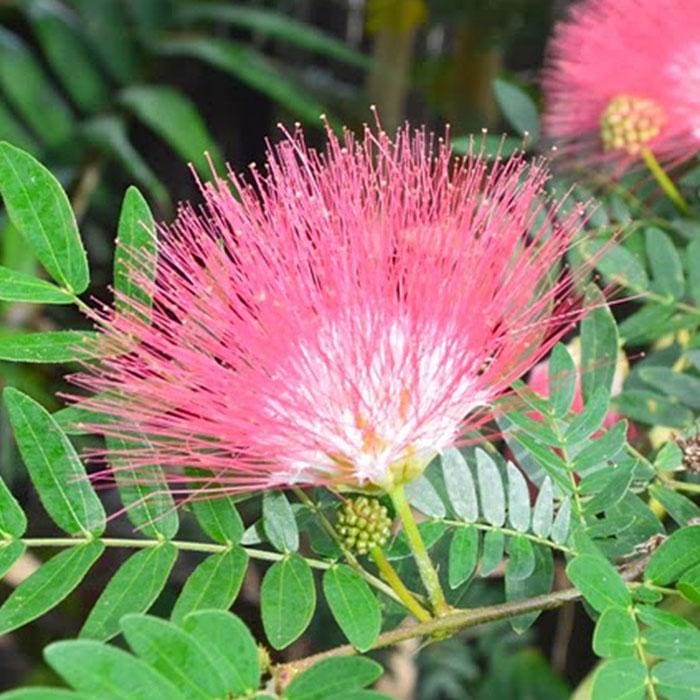What is Rapeh (Rapé, Hape Medicine, Sacred Tobacco)?

Rapeh, also known as Hapeh, Hapé, Rapé, Hape Medicine, or Sacred Tobacco, is a type of nasal snuff with deep roots in the indigenous tribes of the Amazon Rainforest in South America. For generations, these tribes have utilized Rapeh in their sacred and spiritual practices, considering it an integral part of their tribal life. This tobacco-based sacred snuff is highly significant and is believed to offer a wide range of benefits.
One of the primary uses of Rapeh is as a relaxant at the end of a day's work. Tribes often gather in communal settings to partake in the ceremonial use of Rapeh, finding that inhaling the snuff helps them unwind, relieve stress, and promote tranquility and calmness.
Beyond its relaxing properties, special Rapehs are prepared and used for their healing potential. The tribes believe these sacred snuffs possess medicinal properties capable of addressing physical, mental, and spiritual ailments. For instance, Rapeh may be administered to treat various physical conditions such as pain, inflammation, or respiratory issues, and mental conditions like depression and antisocial behaviors.
Additionally, Rapeh is considered powerful for removing spiritual blocks. The tribes believe it can help individuals clear negative energies, overcome emotional obstacles, and promote spiritual growth. It is often used in rituals and ceremonies dedicated to purifying the mind, body, and spirit, allowing individuals to connect with their inner selves and the spiritual realm.
The tribes of the Amazon regard Rapeh as an invaluable and sacred sacrament, passed down through generations and carrying the wisdom and traditions of their ancestors. The preparation and administration of Rapeh are accompanied by rituals, prayers, and utmost respect for its sacred nature. This deep reverence for traditional practice is considered an essential part of their cultural heritage.
In summary, Rapeh, a tobacco-based nasal snuff from the indigenous tribes of the Amazon Rainforest, holds immense cultural and spiritual significance. Used for relaxation, healing, and spiritual purposes, it is considered a sacred sacrament among the tribes. The centuries-old tradition of using Rapeh continues to be a vital part of preserving indigenous culture and promoting well-being.
The Contextual Use of Rapeh
Herbs like tobacco and other Amazonian medicinal plants serve vital roles within the tribes of South America, transcending simple pleasure to become integral elements of their medicinal practices. For example, the tobacco alkaloids in tobacco not only act as stimulants but also possess antidepressant properties. These plants are valued for their multifaceted nature, providing not just physical benefits but also spiritual and emotional well-being. One Amazonian tribe, the Katukina, espouses a unique communal perspective on health: 'when one person is sick, we consider everyone sick.' This view underscores the collective responsibility to ensure the well-being of each member. Historically, Shamans—spiritual and medicinal guides—were entrusted with the healing of the sick. Their role and significance in these communities, which you can explore further in our article on 'The History of Shamanism,' included the administration of traditional remedies such as Rapeh, Sananga, Kambô, and Ayahuasca. These remedies were used due to their reputed healing properties, aimed at restoring health and equilibrium within individuals and the tribe as a whole.
How is Rapeh Created?
The preparation of Rapeh (or Hape Medicine, as some refer to it) varies widely in complexity. It can range from a simple blend of just two ingredients to an elaborate mixture that includes a variety of dried plants, vines, seeds, wood ash, flowers, and sometimes, the dried venom of the Kambô frog. Two primary species of tobacco are favored in Rapeh production: Nicotiana tabacum leaves, commonly used in Brazilian Rapeh, and the stronger Nicotiana rustica, also known as Mapacho, which is typical in Peru. Since most Rapeh blends incorporate tobacco leaves, these plant medicines inherently contain nicotine.
Traditionally, tribal artisans cultivate their own "Tabaco Mói" (Nicotiana tabacum), maintaining a practice that spans centuries. This tradition underscores the authenticity and sacredness of the Rapeh produced, reflecting its medicinal and cultural value. In contrast, Rapeh made with Sabiá tobacco diverges from this tradition. Sabiá tobacco, being mass-produced, does not follow the natural cultivation processes characteristic of Tabaco Mói. The use of mass-produced tobacco enables increased production and cost efficiency but compromises the quality and traditional authenticity of the Rapeh. As a result, Rapeh crafted from Sabiá tobacco is considered inferior and non-traditional, lacking the true essence and sanctity of this ancient sacrament.
After cultivating or gathering the ingredients for making Rapeh, the traditional process begins. The elements are dried in the sun, although the high humidity and frequent rain of the Amazon can complicate this, making Rapeh production somewhat seasonal. Once the ingredients are dried, they undergo a meticulous grinding and sieving process, which is repeated until the desired consistency is reached. This labor-intensive process requires both time and patience. Each formulation is unique, often tailored to the specific traditions of a single tribe, resulting in a diverse range of Rapeh types, each with its unique applications and effects. The careful craftsmanship of these plant medicines is often a communal endeavor, explored in depth in our article 'The Ancient Art of Rapeh.' It's an activity imbued with a spirit of celebration, symbolizing not just the production of powerful plant medicines but also the strengthening of tribal unity.


What are the Physical Effects of taking Rapeh?
When taking Rapeh, individuals may experience various physical effects. It's important to note that the specific effects can vary depending on factors such as the composition of the snuff, the dosage, and individual sensitivity. Here are some common physical effects that can be associated with the use of Rapeh:
Nasal Stimulation: As Rapeh is primarily administered through the nostrils, the immediate effect is a strong stimulation of the nasal passages. This can result in a tingling or burning sensation in the nose.
Enhanced Focus and Clarity: Many users report an increased sense of mental alertness and clarity after taking Rapeh. It may help sharpen concentration and improve focus, allowing individuals to be more present and attentive.
Energy Boost: Rapeh is known to provide an energy lift, which can help combat fatigue and promote wakefulness. Users often describe a surge of vitality and heightened physical and mental energy.
Respiratory Effects: Due to the tobacco content in Rapeh, it can have an impact on the respiratory system. Some users may experience a temporary opening of the airways, making breathing easier. However, it's worth noting that excessive or prolonged use of tobacco-based products can have negative effects on lung health.
Sensory Awakening: Rapeh can stimulate the senses, intensifying the perception of smell, taste, and touch. This sensory awakening can enhance one's overall sensory experience and appreciation of the surrounding environment.
Appetite Suppression: Some individuals report a decrease in appetite or a temporary suppression of hunger after using Rapeh. This effect can be beneficial for those seeking to control their food intake or engage in fasting practices.
Sweating, Feeling Sick, and Vomiting: In larger doses, some individuals may experience temporary physical discomfort such as sweating, nausea, and even vomiting. These effects are generally considered part of the cleansing process and are often seen as positive.
Emotional Release and Processing: Taking Rapeh in larger amounts can also trigger emotional responses. Some users report the release of tears and the processing of old thoughts or emotions. This emotional release is seen as a part of the purging process, allowing individuals to cleanse and release emotional blockages or traumas.
Possible Nicotine Effects: As many varieties of Rapeh contain tobacco, it's important to acknowledge that nicotine, a naturally occurring compound in tobacco, may be present. Nicotine can potentially produce effects such as increased heart rate, elevated blood pressure, and vasoconstriction.
What are the Spiritual Effects of taking Rapeh?
When Rapeh is taken in a ceremonial or intentional manner, individuals may experience various spiritual effects. It's important to note that these effects are subjective and can vary based on personal beliefs, intentions, and the cultural context in which Rapeh is used. Here are some common spiritual effects associated with the use of Rapeh:
Heightened Awareness: Many individuals report an increased state of awareness and connection to their surroundings when using Rapeh ceremonially. It may enhance perception and attunement to subtle energies, facilitating a deeper sense of presence and mindfulness.
Spiritual Cleansing and Purification: Rapeh is often used in rituals and ceremonies dedicated to cleansing and purifying the mind, body, and spirit. It is believed to have the power to remove negative energies, emotional blockages, and spiritual impurities. Participants may feel a sense of release, purification, and renewal after using Rapeh in this context.
Expanded Consciousness: Some users describe a shift in consciousness or altered states of awareness when using Rapeh. It can facilitate a deeper connection with one's inner self, higher states of consciousness, or spiritual dimensions. This expansion of consciousness may promote introspection, self-reflection, and insights into one's spiritual journey.
Spiritual Grounding: Despite its potential to induce altered states of consciousness, Rapeh is also believed to provide grounding and stability. It can help individuals establish a strong connection to the Earth, their ancestral roots, and the spiritual essence of the natural world. This grounding effect may foster a sense of rootedness, balance, and connection to one's spiritual path.
Facilitation of Spiritual Practices: Rapeh is often used as a tool to support various spiritual practices, such as meditation, prayer, and shamanic journeys. It is believed to enhance focus, deepen concentration, and facilitate a state of receptivity to spiritual guidance and wisdom. Users may find that it helps create a sacred space and aids in their spiritual endeavors.
Connection to Ancestral Wisdom: Rapeh carries the wisdom and traditions of the indigenous tribes who have used it for generations. When using Rapeh, individuals may feel a deep connection to their ancestral lineage and tap into the collective wisdom of their people. It can serve as a bridge between the past, present, and future, fostering a sense of continuity and cultural heritage.
Customer Testimonials: Discover Their Experiences with Our Rapeh
Great Quality! Shamanic Supply always has the best quality hape. It is my favorite place to get quality products. - Katrina Vastag
How is Rapeh Taken or Given?
Rapeh is typically administered using a V-shaped pipe known as a "Kuripe." This pipe is designed to fit in the user's mouth and one nostril, enabling the delivery of Rapeh to the sinuses when blown. The nature of the blow can influence the Rapeh's effect. For example, the Katukina tribe describes the "Turtle" blow as a gentle, prolonged delivery, contrasting with the "Hummingbird" blow, which is short, sharp, and strong. The "Deer" blow falls somewhere in between.
Administering Rapeh indeed carries an energetic component, although its nature is not easily quantified. The individual delivering the Rapeh, the setting in which it's taken, and the underlying purpose all contribute to the overall experience, making these considerations crucial.


When administering Rapeh to another person, an elongated pipe called a "Tepi" is used. The giver inserts the Tepi into the recipient's nostril and delivers the Rapeh with a blow. Multiple factors can influence the outcome, such as the type of Rapeh used, the strength of the blow, and the individual administering it.
Kuripes and Tepis, the traditional tools used for administration, are typically handcrafted within the tribe using bamboo or animal bones. Often, these bones are from animals hunted for sustenance, an approach that maximizes the utility of each hunt and reflects the tribe's respect for nature's resources.
It's important to approach the administration of Rapeh with respect, cultural understanding, and guidance from experienced practitioners who can provide appropriate techniques and dosage recommendations to ensure a safe and meaningful experience. The combination of these factors contributes to the overall ceremonial and spiritual significance of using Rapeh in indigenous Amazonian cultures.

Read our Rapeh Reviews or Visit our Hapeh Collection

